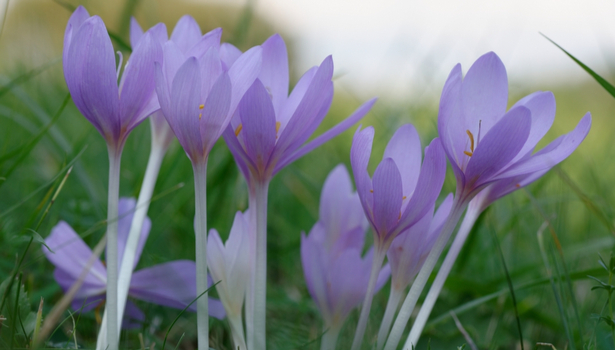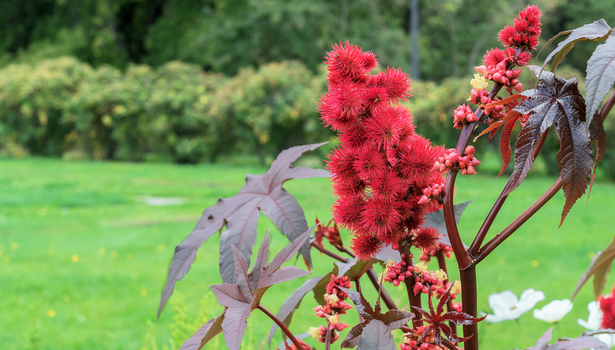You know them all, they are even in your garden. But did you know that these plants are among the most toxic there is?
You shouldn’t always trust appearances, or what you think you know. Some of the plants in our garden, as beautiful as they are famous, are in fact among the most toxic. And they are found almost everywhere in France. Including in your home?
Beautiful and rebellious plants
The most obvious example is undoubtedly the muguet. Beyond selling it or offering it on May 1st, it is in fact, behind its elegant bells, one of the most toxic plants that are in France. In fact, it contains cardiotonics. Ingesting it will cause nausea, headaches, diarrhea and even heart problems that can lead to death.
The delicate lily of the valley © Roman Bjuty
The same is true of the laurel rose (Nerium oleander), yet appreciated for its ornamental qualities. The whole plant contains oleandrin, causing the same effects as those of lily of the valley. The same is true of colchicummade famous by a children’s song. Growing in meadows in late summer, it contains a powerful alkaloid, colchicine. Ingesting it will cause increasingly severe symptoms over time, from a burning mouth to vomiting, to a drop in body temperature, and finally death.

The so pretty and dangerous colchicum – ©Walter Erhardt
Ivy and mistletoe, classics in our gardens
Other plants that are omnipresent in our gardens are just as dangerous. Thus, climbing ivy (Hedera helix) will not only attack walls. Its fruits are also toxic, because they contain saponin, which first causes hypersalivation, then diarrhea and vomiting. Ingested in high doses, these fruits of climbing ivy can also cause hallucinations, convulsions, then coma, until death by asphyxiation.
The same is true of the gui (Viscum album), this parasitic plant is extremely widespread in Europe. Beyond simply kissing under the mistletoe on December 31, its berries actually contain various toxic substances (alkaloids, viscotoxins, saponicides, etc.). Whether for children or adults, ingesting them can cause cardiovascular problems or even death.
The Queens of Slayers
Beauty really does not equal safety in nature. Thus, the ricin has the quality of bringing beautiful touches of color to gardens. The only problem: this plant contains a deadly poison to which it also gave its name: ricin. Just ingesting three to eight seeds, which have a delicate nutty flavor, is enough to reach a lethal dose.

The common castor oil plant, often used for ornamental purposes – © valemaxxx
Read also – Be careful of the Datura that grows naturally in your vegetable garden
Other plants are certainly present in gardens, but are better known for their harmful effects, such as wolfsbane, euphorbia, or deadly nightshade (Atropa belladonna), whose fruits resemble blueberries. This is especially the case with Aconite (Aconitum napellus), the queen of killers. Just a few grams of its leaves or roots are enough to kill an adult. The same is true of the big stork. It is in fact one of the most toxic, the one that once killed the philosopher Socrates, hiding its danger behind its small white flowers grouped in umbels.
Article updated
consoGlobe also recommends…
Source: www.consoglobe.com


